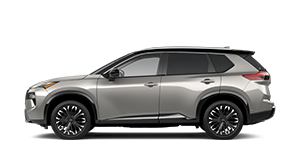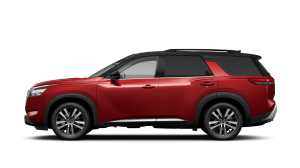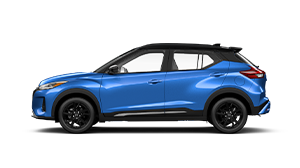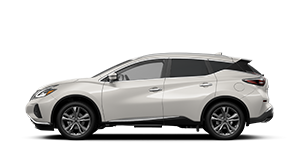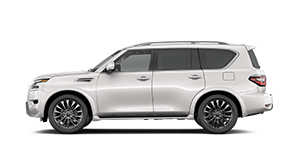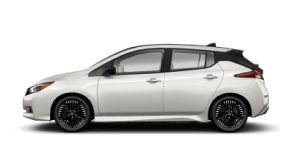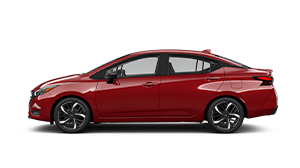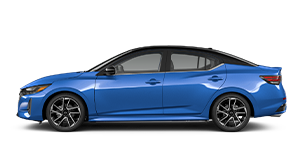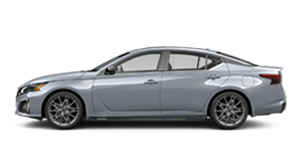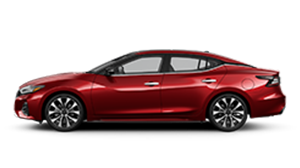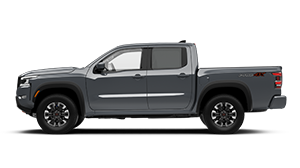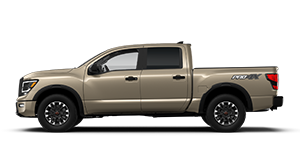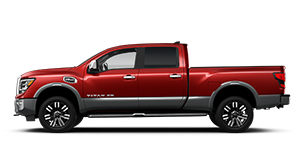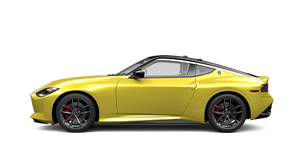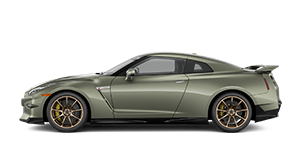Start your online purchase at participating Nissan dealers. Get a quote, book a test drive and even buy your Nissan from home. [[3355]]
Car seat installation tips
When installing a Child Restraint System (CRS,) always follow the instructions provided by the manufacturer and your Nissan vehicle’s owner’s manual. You may also find the following tips helpful for installing your CRS.

1. Adjust the seat
For adjustable seatbacks, it can be advantageous to first install the CRS with the seatback somewhat reclined. Then, after securing the CRS, move the vehicle seatback upright. This will help tighten the installation.

2. Install at the proper angle
For rear-facing restraints ‘pool noodles’ or rolled towels can help stabilize and help provide a proper installation angle for the infant restraint.

3. Ask for help
To install the CRS tightly, it may be easier if a second person helps you. While one person pushes down and into the seatback to compress the seat cushions, the second person should pull the seat belt tightly around the CRS to remove all slack.

4. Straighten the belt
Confirm that the belt is not twisted and the buckle is positioned correctly. A twisted belt or improperly facing buckle may inhibit proper tightening.

5. Avoid pinching
Be careful not to pinch the seat belt webbing when pushing down on the CRS. If the person pushing down on the CRS is also pushing down on the webbing, the webbing cannot tighten around the CRS.

6. Use a non-slip mat
Using a non-slip mat can help stabilize the CRS against the vehicle’s seat bottom and seatback, especially on a slick seating surface, such as leather. See the CRS and the vehicle’s owner’s manual for compatible materials.

7. Tighten in stages
Tighten the belt around the CRS in stages. First, tighten the lap belt by pulling the webbing through the buckle location. Then pull this excess webbing into the shoulder belt and continue to tighten.

8. Refer to vehicle's owner's manual
For proper tether installation and routing for vehicles with rear head restraints, please see your vehicle’s owner’s manual.

9. Remove the head restraints
For installation of high back boosters, adjustment or removal of a vehicle’s adjustable head restraint may improve its fit.

10. Use latch
CRSs manufactured after 9/02 are LATCH-equipped (Lower Anchors and Tethers for CHildren) and do not require the use of seat belts for installation. See the CRS and the vehicle’s owner’s manual for installation instructions.

11. Check for correct installation
When the installation is complete, check by pushing side-to-side on the restraint at the belt routing location. If the movement is more than an inch, additional tightening is necessary. If after several attempts at tightening, an inch or less movement cannot be attained, try a different seating location. Call Nissan at 1-800-NISSAN-1 for assistance.
Be aware that a CRS may be subject to recall by the manufacturer. Check the CRS manufacturer website and the National Highway Traffic Safety Administration (NHTSA) website for current recall information prior to purchasing a CRS. Keep in mind that air bags are a supplemental restraint system and always must be used in conjunction with a seat belt. A rear-facing CRS must never be placed in the front-passenger seat, an inflating supplemental air bag could seriously injure or kill your child. All children 12 and under should ride in the rear seat properly secured in a CRS, booster seat, or seat belt, according to their size. For a comprehensive guide to child safety seat installation and use, consult your child safety seat and vehicle manuals.
